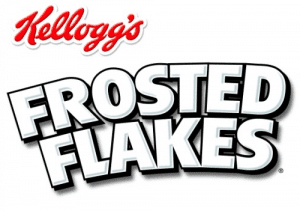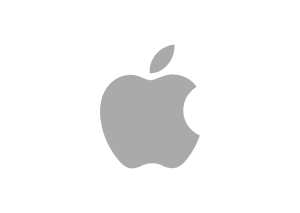Everyone encounters it. Your birth name growing up was either altered, shortened, or not used at all. You went from “little Billy” to “Billy Boy” to “billy Bob” to Billy, then to just Bill and now it’s William. You identified with your name “brand” over the years, and it changed with you. It changed out of necessity, it changed because there were too many “Bills” in the world, and it changed because you wanted to be taken more seriously. Over time and in different seasons of life your name “brand” fit you. Today you spend time correcting people when they get (your brand name) wrong, in hopes that they will see you in a new light.
Caterpillar to Butterfly
Your Brand Identity
This is true in Business. What you started calling yourself, might have been a mishmash of used up titles and names, or cliques or popular terms, only to find out everyone else is using those same titles and monikers. It could be that maybe your organizational names or “brand” defines your services and products too narrowly.
Many companies have made the metamorphosis to a new name, seeking better definition, clarity or a broader identity. Here are a few well known companies:

Originally called “BackRub” in 1996, Larry and Sergey decided in 1998 that the search engine needed a new name. After some brainstorming, they went with Google—a play on the word “googol,” a mathematical term for the number represented by the numeral 1 followed by 100 zeros. The use of the term reflects their mission to organize a seemingly infinite amount of information on the web.

Used to be Dell Computers, until 2003, when it started selling all general types of consumer electronics.

Introduced by the Kellogg company in 1951, it was originally called, “Sugar Frosted Flakes”, but was changed to “Frosted Flakes” in 1980 because of concern from parents of the amounts of sugar in breakfast cereals.

Originally the DAT Corporation in Japan, began exporting vehicles into California in 1958 carrying the name “Datsun”. This was the preferred “pet” name to use in exporting since the Nissan name was identified with the company that supplied vehicles to the Japanese Military during World War II. But in 1981, Nissan dropped the Datsun name in hopes of branding it’s vehicles with it’s own corporate name, like Toyota had been doing well for years.

Apple Computer, Inc., in 2007 drop the word “Computer, Inc.” from it’s name, to signify the shift away from making only computers.
The list goes on and on. The fact is, good companies and brands have had to tweak their name, identity, imagery, and focus, to remain competitive, to take on new markets, and to embrace younger generations.
Have you considered what your logo, your name, and your identity is communicating?
Is it a mess of old computer clip art, photocopied symbols, and difficult to pronounce words and phrases? Does your name no longer tell the story of what you do? It might be time to have a business friend, a peer, or a colleague give you an honest opinion on how you can strengthen your brand name, identity, and image.

